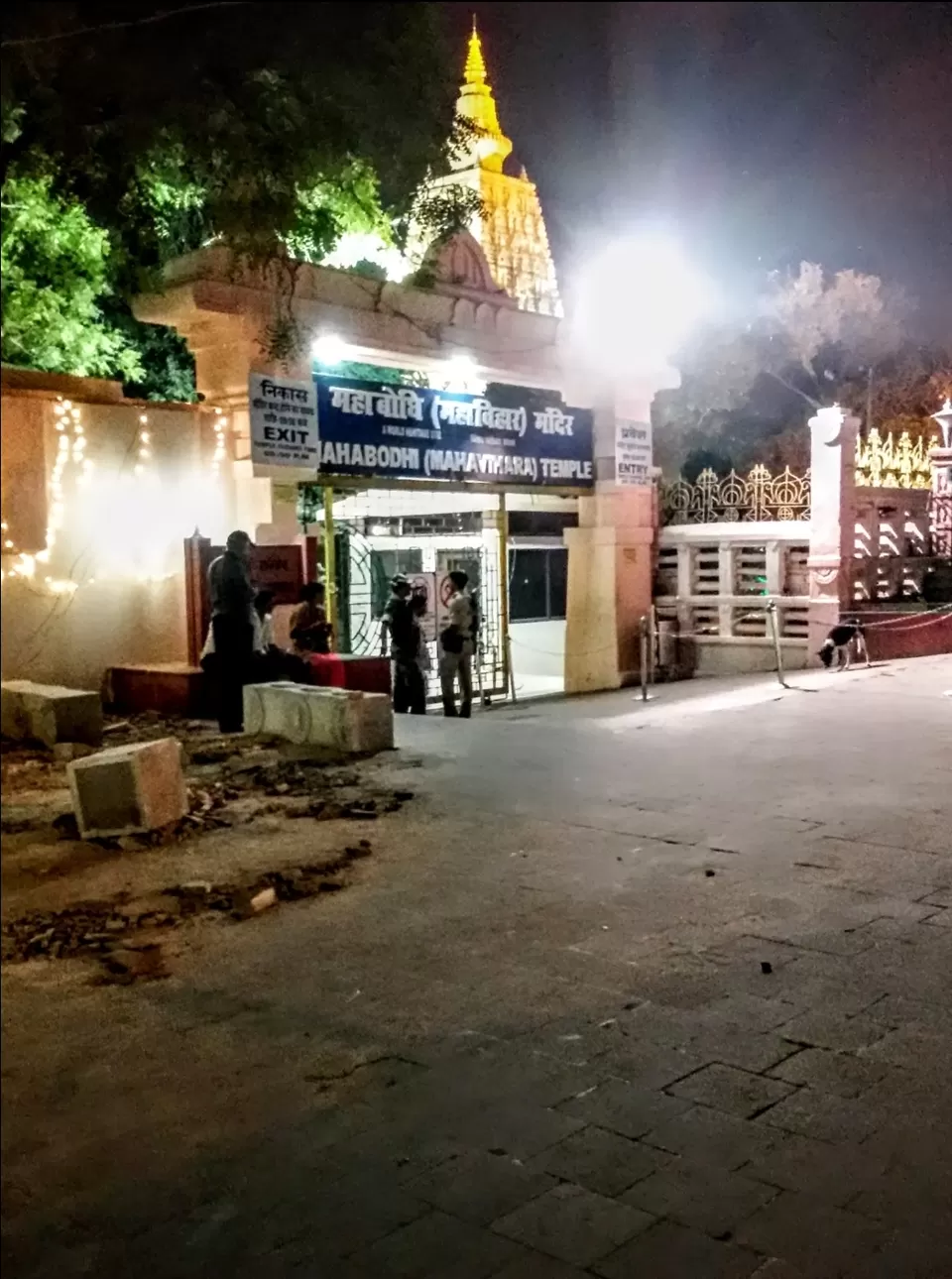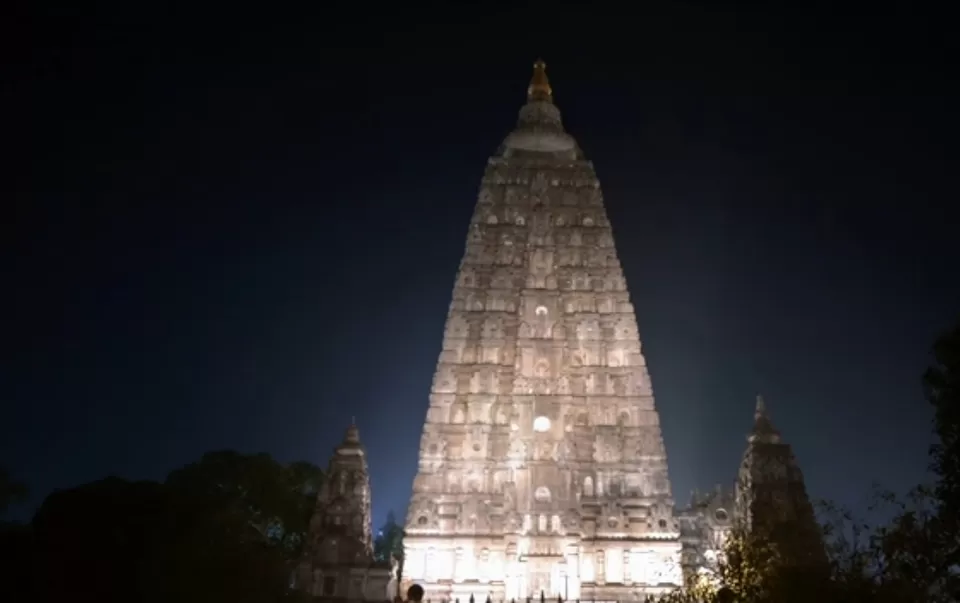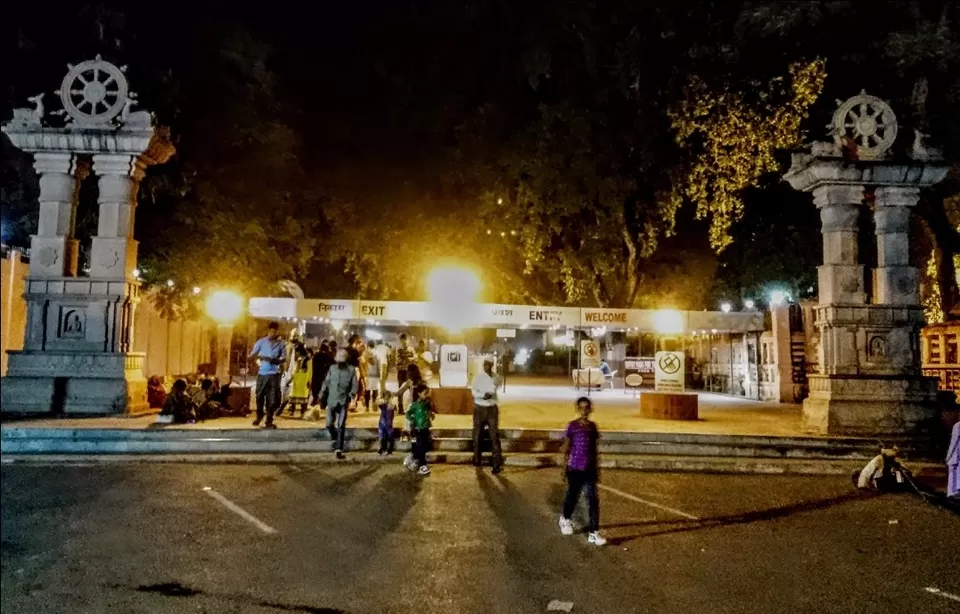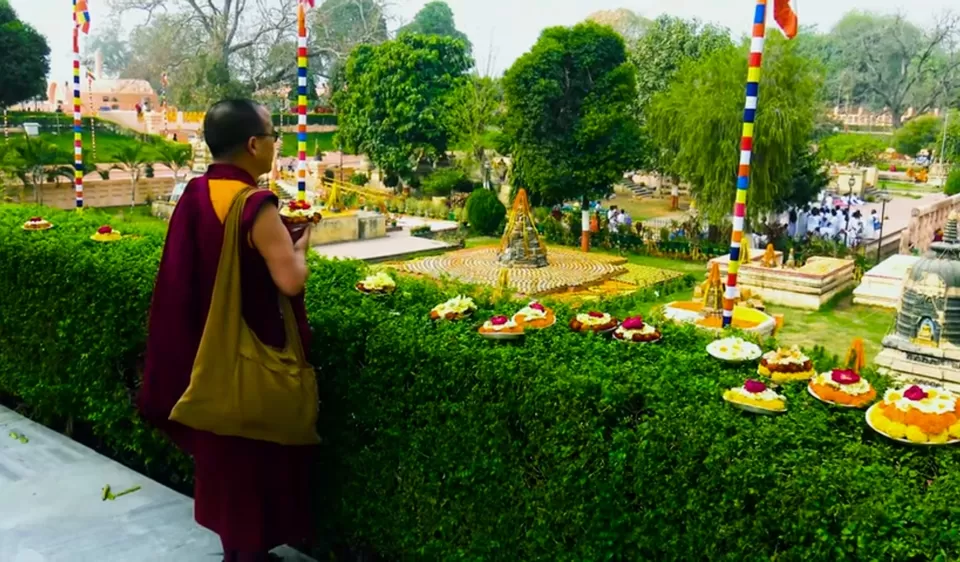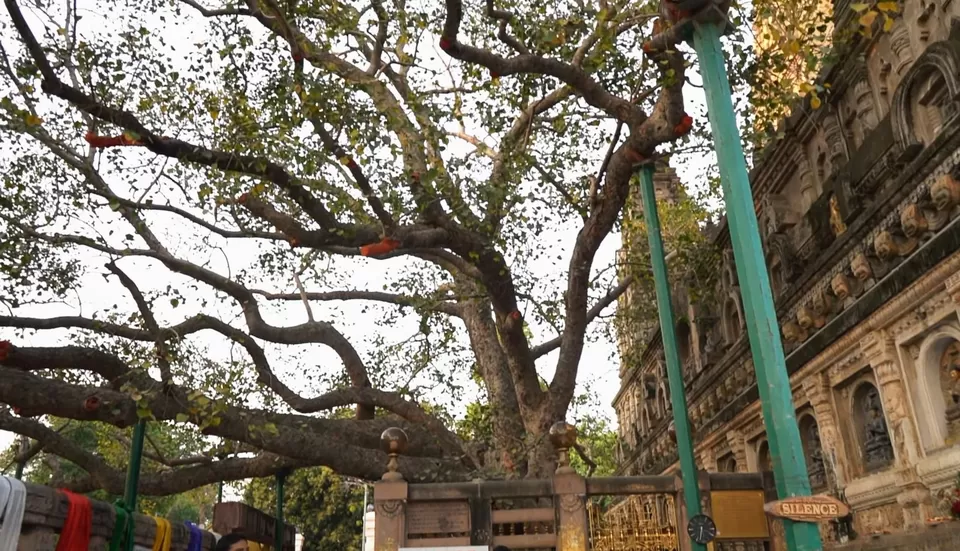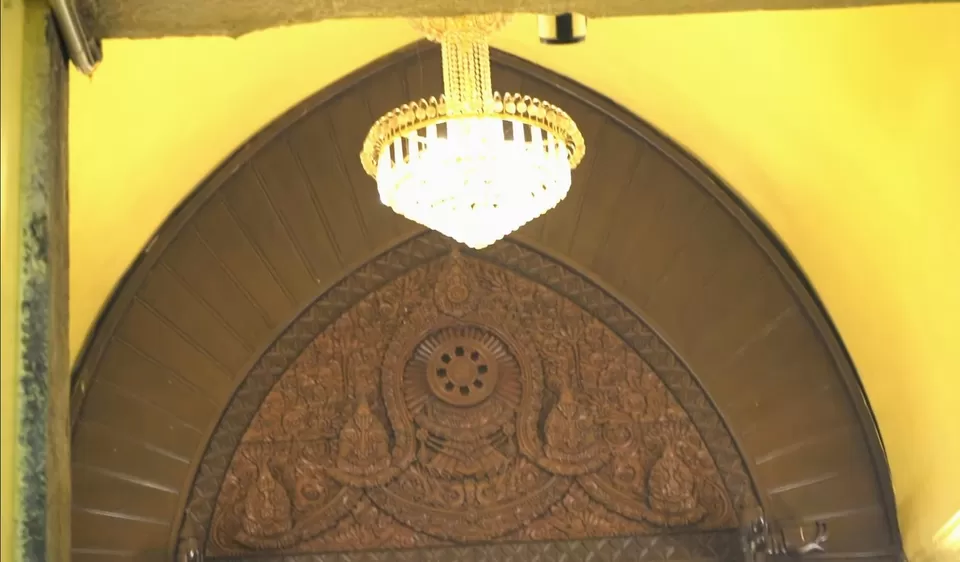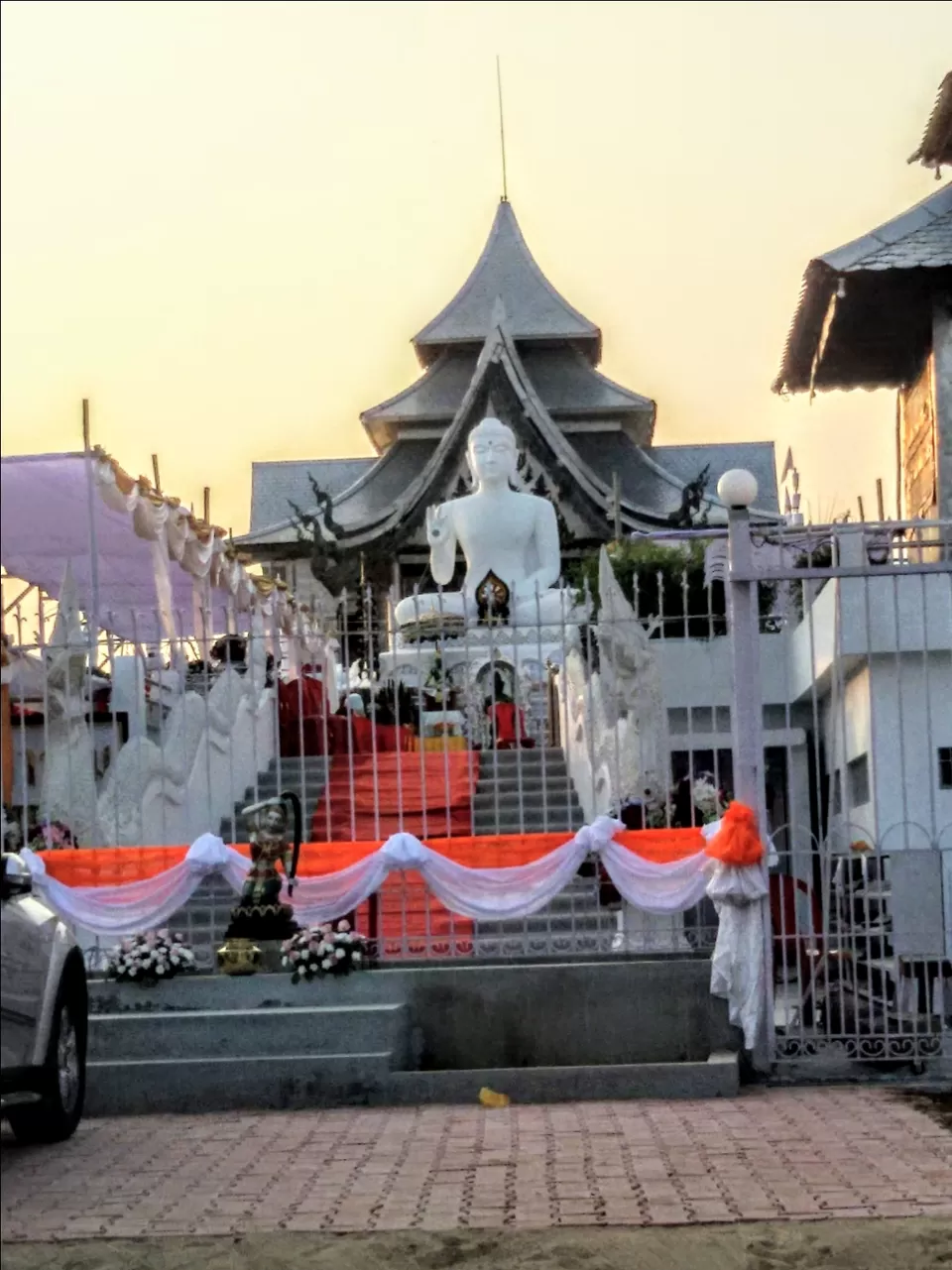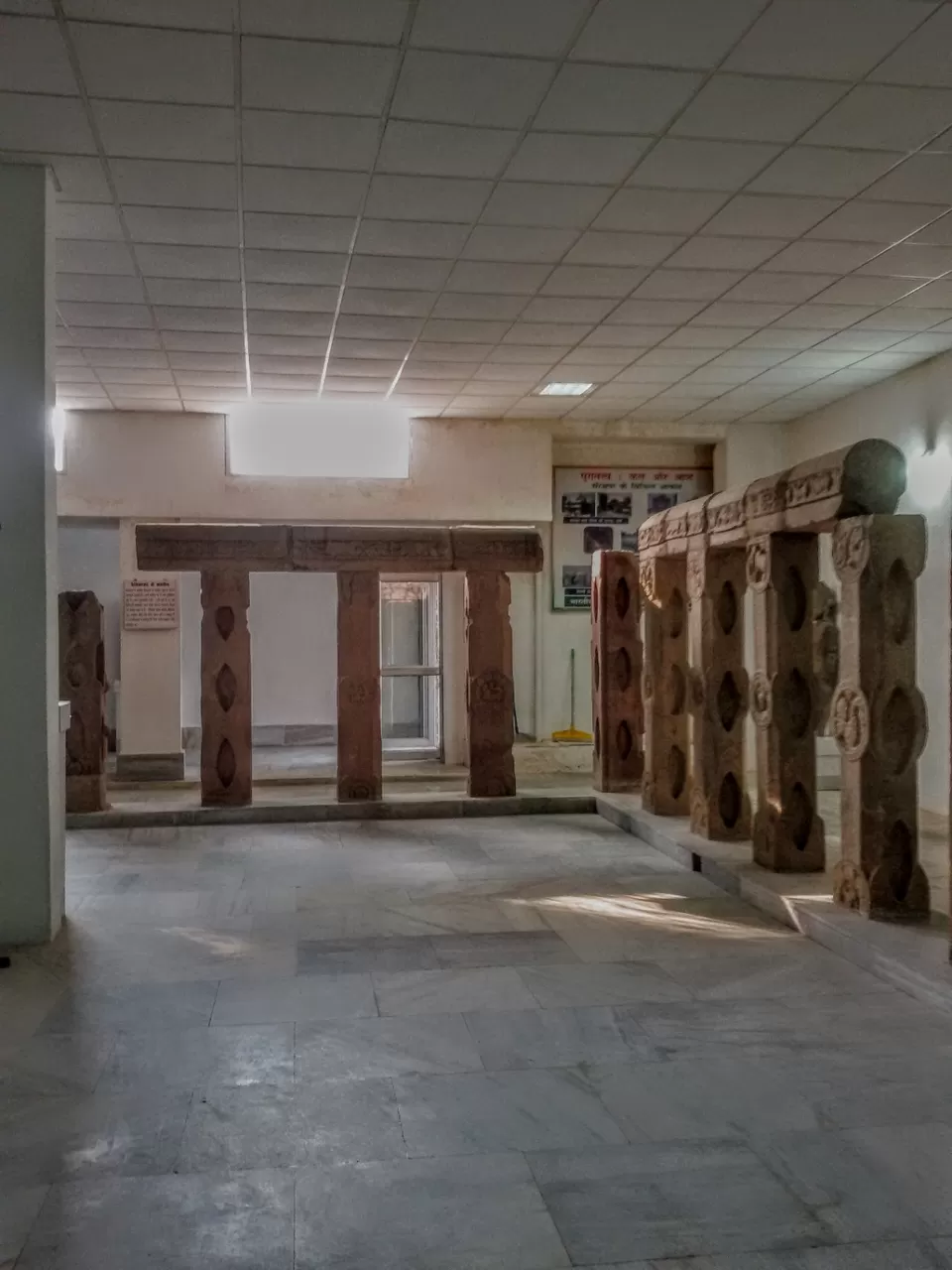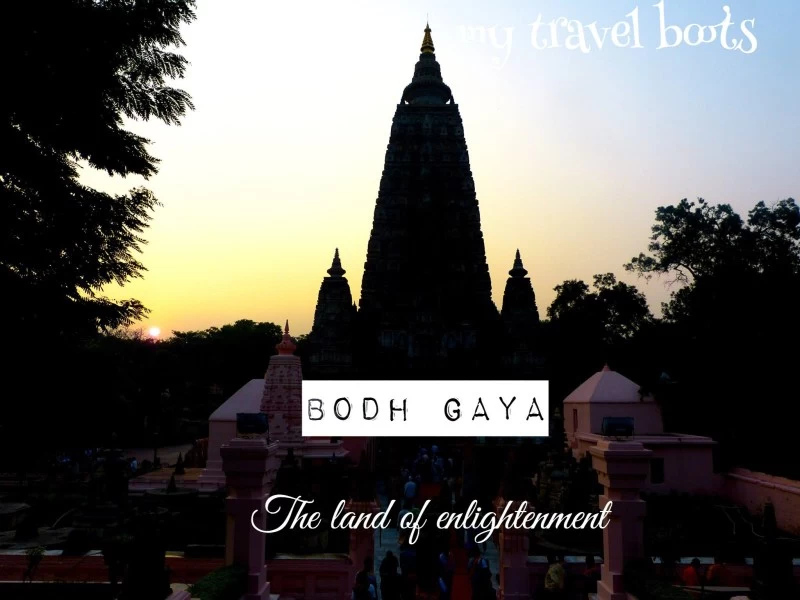
"It is better to travel well than arrive" - Buddha
A UNESCO World Heritage Site, Bodh Gaya is visited by thousands of pilgrims every year.
The birthplace of Buddhism, Bodh Gaya, is the place where Prince Siddhartha of Lumbini attained enlightenment and became the Buddha!
Bodh Gaya was earlier known as Uruwela in Buddha's time, situated by the bank of Lilajan ~ Niranjana River.
It was also known as Sambodhi, Vajrasana, or Mahabodhi until the 18th century CE. It is one of the four important Buddhist sites that include Lumbini, Sarnath, and Kushinagar.
The Mahabodhi Temple, also called the "Great Awakening Temple."
The Buddhist temple marks the location where Buddha is said to have attained enlightenment ~ Bodhi in Pali.
Lord Buddha holds a very significant place in the religious history of India as he is believed to be the 9th and the most recent incarnation of Lord Vishnu to have walked the earth.
The Mahabodhi Temple Complex in Bodh Gaya is located in the central part of the state of Bihar, in Northeastern India. Part of the great Ganges plains.
Magnificent as it is now, the temple complex was once a shadow of its former self before it was restored by enthusiasts from all over the world!
It is one of the earliest Buddhist temples built entirely in brick, still standing, from the late Gupta period, and it is considered to have had significant influence in the development of brick architecture over the centuries.
The present Mahabodhi Temple Complex at Bodh Gaya comprises the 50 m high grand Temple, the Vajrasana, sacred Bodhi Tree and other six sacred sites of Buddha's enlightenment, surrounded by numerous ancient Votive stupas, well maintained and protected by inner, middle and outer circular boundaries. The Lotus Pond, which is located outside the enclosure to the south, is the seventh sacred place.
The temple spreads over an area of 4.8 hectares.
The temple was looked after by a community of monks from Sri Lanka till the 11th century. Bodhgaya developed and prospered for many centuries before being attacked and conquered by the Turkish empire in the 13th century.
What the invading armies left behind was soon claimed by the ravages of time. The impressive temple complex standing today is a result of centuries of collaboration by dedicated groups of people the world over.
The temple’s spiritual energies have called out to pilgrims for hundreds of years. Those yearning for higher meaning continue to heed the call today.
The peace of Bodhgaya Temple doesn’t discriminate and welcomes all , whether you’re a pilgrim, architecture enthusiast, or a curious backpacker!
The main Mahabodhi Temple Complex is home to the legendary Bodhi Tree, as well as the temple itself. Besides the main shrine, walk around to discover several places of spiritual significance around the temple. Retrace the footsteps of the Buddha with the help of signs around the complex telling you exactly where you stand and where the Buddha once stood on the road to enlightenment.
The Bodhi Tree (Pāli: Bodhirukkha; Sanskrit Bodhivṛkṣa; Ficus religiosa),
is situated to the left of the temple and is believed to be the direct descendant of the actual tree under which Lord Gautam Buddha meditated and attained enlightenment and laid down his philosophy for life. Next to the Bodhi Tree there is a platform attached to the main temple made of polished sandstone known as Vajrasana ~ the Diamond Throne, originally installed by Emperor Ashoka to mark the spot where Buddha sat and meditated.
The aura of the Bodhi tree and the temple complex have attracted sages, meditators and yogis to it ever since the time of Buddha. Great and renowned spiritual figures like Padmasambhava, Vimalamitra, and Nagarjuna have lived and meditated underneath the historically and religiously significant Bodhi Tree.
The prominently displayed heart-shaped leaves of the Bodhi Tree attract the attention of pilgrims, historians, and leisure tourists from around the world. The tree is also the most important one amongst all four major Buddhist pilgrimage sites. History states that day Gautama Siddhartha attained enlightenment, it came to be known as Buddha Purnima and the tree as 'Bodhi Tree'. Monks to pilgrims all visit this holy plant body to lay down their prayers and imbibe the sacred teaching of Buddha.
In 262 BC, Emperor Ashoka sent his daughter Sanghamitta to Anuradhapura in Sri Lanka with saplings of this Bodhi Tree, which till date is being regenerated. It is considered to be the oldest specimen of a tree that has been regenerated for over 2,000 years.
In 254 BC, Tissarakkha, Ashoka’s queen, destroyed the original Bodhi tree in Bodh Gaya, as she did not favour Ashoka embracing Buddhism A second tree grew from the roots of the first. It was eventually destroyed several times due to storms and invaders. Each time it was destroyed, a new tree was planted in its place, not necessarily regenerated.
After the decline of the Mauryan empire around 180 BC, the temple and the tree were neglected and covered under mounds of sand.
Between 1862-1878, Alexander Cunningham, who had excavated the Nalanda ruins and several other Buddhist Stupas in Bihar, excavated the Mahabodhi Temple. He then discovered a much-decayed Bodhi tree, which had been completely destroyed in a storm in 1876. Cunningham planted a new Bodhi tree in 1881.
An interesting feature of this place is the fact that prayer beads are formed using the seeds of the Bodhi tree. Pilgrims consider this act to be sacred because of the rich history and religious sentiment that is attached to this majestic tree. This activity is an opportunity to get close and be in touch with the Buddha and his enlightenment.
The Bodhi Tree had been religiously significant in India even before the time of Buddha’s enlightenment. Its earliest significance in the Indian subcontinent could be traced in the Indus Valley Civilization, where Pipal motifs have been depicted in abundance. The tree is associated with Hindu God Vishnu, who is invariably depicted in Hindu mythology as nestled among the delicate leaves of the Bo Tree, peering out through the universe with his infinite spiritual vision.
Its significance dates back to the period of the Mahabharat, where Krishna described it as an embodiment of universal consciousness.
The original temple was built by Emperor Ashoka after he turned to Buddhism in order to seek peace and solitude from war and conquests.
The great Emperor Ashoka visited Bodh Gaya in around 260 BC. During his visit, he constructed a small temple, his first, by a tree, which was the Bodhi tree - Bo tree under which Gautam Buddha was sitting when he attained enlightenment.
The first three days of his meditation and the following seven weeks of enlightenment have been closely associated with various places in Bodhgaya. The history of this town can be traced back to 500 BC. History mentions Bodhgaya as Bodhimanda and the main monastery as the Bodhimanda-vihara.
The present temple dates from the 5th or 6th centuries. It is one of the earliest Buddhist temples built entirely with brick, still standing in India, from the late Gupta period.
The site of the Mahabodhi Temple provides exceptional records of the events associated with the life of Buddha and subsequent worship, particularly since Emperor Ashoka built the first temple, the balustrades, and the memorial column. The sculpted stone balustrades are an outstanding early example of sculptural relics in stone.
Visit the Mahabodhi Temple Complex and just soak in the vibe of peace and calm that almost floats in the air here.
Make the most of your stay in the home of the Buddha. Walk in the footsteps of the Buddha at the Bodhgaya temple.
Stroll past spirited vendors selling souvenirs and devotional items to prepare yourself for the wonder you’ll experience upon reaching the entrance to the temple complex.
The din and preoccupations of the outside world become immaterial upon entering the hallowed gates of the most sacred Buddhist site in the world!
The decorative spires of the temple tower are 50 ft above you with complex and masterfully-etched carvings adorning them, leaving you in awe. You can also enjoy the Lotus Pond or the meditation garden.
Revered as the holiest place of Buddhist pilgrimage in the world and is considered the cradle of Buddhism in the history of mankind!
Bodh Gaya has temples or monasteries from many other nations with a Buddhist tradition Bhutan, Bangladesh, China, Japan, Myanmar, Sri Lanka, Thailand, Tibet, all within easy walking distance from the Mahabodhi temple.
The wonderful Archaeological Museum is located on the main road of the Bodhgaya temple complex. The museum’s courtyard contains some of the granite and sandstone railings of the original Mahabodhi Temple. These structures are at least 700 years older than the current temple structure. The museum also houses rare antique terracotta items and Hindu idols made of bronze, silver, and gold.
One of the popular stops on the Buddhist pilgrimage and tourist routes in Bodh Gaya is a 25m statue of a seated Buddha in the middle of a beautiful garden. The statue was unveiled by H.H. The Dalai Lama in 1989. It is a meditating Buddha resting on a giant lotus, constructed using intricately carved sandstone and red granite.
The present city is a delight for historians, tourists, and those seeking spiritual enlightenment.
It is a journey of the mind and spirit when one's wishes materialise into serene reality!!
Follow the Buddha's advise "do not give your attention to what others do, or fail to do, concentrate on what you do, or fail to do"!
Bodhgaya is a food lovers paradise with many restaurants and cafés serving delicious international and Indian cuisine and to die for desserts!!Believe me the food quality and taste beats any 5 star hotel in Mumbai!!
Be Happy Cafe~ In front of the Vietnamese temple . A small cafe run by a wonderful Canadian woman. The cafe specializes in thin crust pizzas, Italian pastas, sandwiches in thick bread, freshly made cakes, homemade granola for breakfast, and a variety of coffees.
Fujiya Green~ Near Vietnamese temple, south side of the sports oval. The Japanese and Tibetan options are surprisingly good, although not authentic.
Fusion Food Factory F3 ~ Opposite Archaeological Museum. A popular haunt of the residents of Bodhgaya. The restaurant appears quite unassuming with a small hall where seating arrangements are provided. But their hallmark is that whatever is provided is clean and classy. Whatever you order, you are sure to be licking your fingers after the meal.
To Reach Bodhgaya:
By Air: Gaya International Airport and Patna airport.
By Train: Gaya Junction and Patna Railway Station. Both these stations are well-connected to major cities across the country.
By Road: Bodhgaya is well-connected by road to major cities across the country.
Stay: Bodhgaya has many options being a significant site for Buddhists.
Bodhgaya Regency is conveniently located near Buddhist attractions.
Sambodhi Retreat with a vegetarian restaurant with diverse cuisine.
Hotel Lumbini International is known for its excellent service and the restaurant serves delicious Indian and Asian food!
P.C. Pranati Kamani

